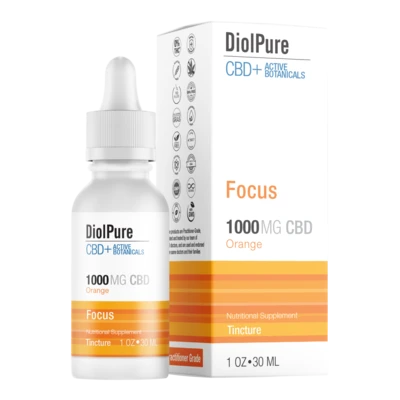Your Cart is Empty
Hemp and Phytoremediation
Hemp and Phytoremediation
April 01, 2021 - 2 min read
Cannabis is thought to be the plant of the future. It’s easy to grow and almost every part of the plant can be used industrially and commercially. From supplements and food ingredients to fabric, filtration medium, building materials and potentially as an alternative to lithium-ion batteries. Further, the cultivation of industrial hemp can restore agricultural land for use by absorbing radioactive chemicals and heavy metals (pesticides and fertilizers) from soil that would otherwise remain contaminated. In fact hemp has been used for decades in the Ukraine to remediate the land surrounding Chernobyl of toxic waste after the reactor crash.
Remediation is the process of restoring contaminated soil. Microorganisms and fungi are the most common methods of phytoremediation. The key is to find a plant that can tolerate high concentrations of heavy metals and other toxic chemicals and remove them, the result is phytoremediation. The specific genome of cannabis sativa (hemp) is perfectly suited for this job. Its resistance to high concentrations of heavy metals such as cadmium, lead and copper and accumulate them in its biomass efficiently, makes it an ideal remediation tool. There are many ways to remediate soil but most are expensive, complicated and can damage the soil and layers beneath it.
Phytoremediation can be useful, not only in soil that has been damaged by radioactivity but more commonly in agricultural land that has been damaged by anthropogenic soil contamination and saturated with chemicals due to the overuse of pesticides and fertilizers. In many cases this leads to the accumulation of toxic concentrations of heavy metals like cadmium. Contaminants can also come from fossil fuel pollution and industrial waste.
Hemp grows fast and is easy to cultivate, most people would consider it a weed. It is tolerant to a wide range of temperatures, it reproduces quickly and it will grow in almost any condition and fast, making it the perfect phytoremediant. Further, it’s biggest advantage over other phytoremedians is its long and fast developing root system enabling it to reach deeper parts of the soil than other plants used for remediation. Therefore making its ability to clean more soil more efficient and more complete. Coupled with the low cost and its ability to be sold even after it has been contaminated and it's the best and most effective choice of any plant.
Hemp naturally extracts harmful chemicals from deep in the soil and from what’s deposited on the soil. It’s often contaminated unintentionally by its long root system and its leaves ability to store those toxic chemicals. Therefore, it’s potentially a compromised ingredient without the correct controls, regulatory framework and testing guidelines (there are no regulations or standards for the testing or labeling of cbd products) to protect the everyday consumer from unwilling exposure to toxic and harmful chemicals.


Beyond glaucoma: Cannabinoids in ophthalmology
Cannabinoids appear to have therapeutic potential in glaucoma. Beyond this, there may be further promise in ophthalmology.


The endocannabinoid system and bone disease
Stimulation of the endocannabinoid system modulates bone formation and bone resorption. There may be a role one day for targeted drugs in osteoporosis and some forms of bone cancer.


Sex differences, endocannabinoids, and pain
Sex differences in pain perception and analgesia is a burgeoning research field overall. What about cannabinoid analgesia specifically?
Follow us on Instagram



























